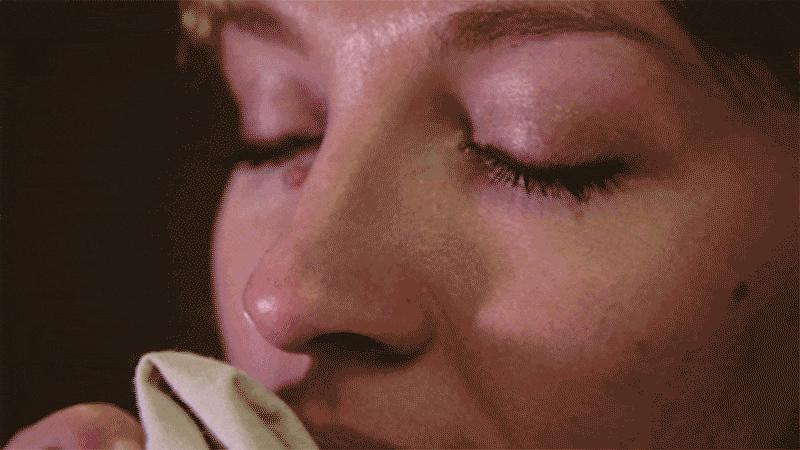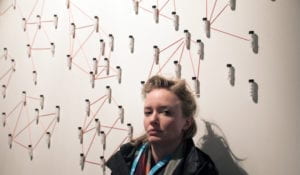← Back to Artists
Angela He • Bayan Kiwan • Caroline Sinders • Death, Sex & Money • Kaho Abe • Katia Repina • Lam Thuy Vo • Lauren Lee McCarthy • Mickalene Thomas • Mimi Ọnụọha • Tamiko Thiel • Tega Brain and Sam Lavigne • The Cut
Smell Dating

Smell Dating is the world’s first smell based dating service that invites people to find new connections using only their noses. Smell is one of the most poignant and evocative experiences afforded by the human sensory apparatus and much can be gleaned from a potential mate’s smell. There is a growing body of research that suggests a person’s gender, age, and predisposition to illness may be detected from their “smell signature.” Some researchers even speculate that high contemporary divorce rates may be related to the overuse of deodorants and the underuse of our natural olfactory intelligence. Smell Dating invites participants to trust their olfactory intuition and choose dates based on ancient molecular cues.

Tega Brain is an Australian-born artist and environmental engineer whose work examines issues of ecology, data systems and infrastructure. She has created wireless networks that respond to natural phenomena, systems for obfuscating fitness data, and an online smell-based dating service. Her work has been shown in the Vienna Biennale for Change, the Guangzhou Triennial, and in institutions like the Haus der Kulturen der Welt and the New Museum, among others.
Tega is an Assistant Professor of Integrated Digital Media, New York University. She works with the Processing Foundation on the Learning to Teach conference series and p5js project. She has been awarded residencies and fellowships at Data & Society, Eyebeam, GASP Public Art Park, the Environmental Health Clinic and the Australia Council for the Arts.
Visit her website here.

Sam Lavigne is an artist and educator whose work deals with data, surveillance, cops, natural language processing, and automation. He has exhibited work at Lincoln Center, SFMOMA, Pioneer Works, DIS, Ars Electronica, The New Museum, the Smithsonian American Art Museum, and his work has been covered in the New Yorker, the Washington Post, the Guardian, Motherboard, Wired, the Atlantic, Forbes, NPR, the San Francisco Chronicle, the World Almanac, the Ellen Degeneres Show and elsewhere.
He has taught at ITP/NYU, The New School, and the School for Poetic Computation, and was formerly Magic Grant fellow at the Brown Institute at Columbia University, and Special Projects editor at the New Inquiry Magazine. He is currently an Assistant Professor in the Department of Design at UT Austin.
Visit his website here.
You must be logged in to post a comment.